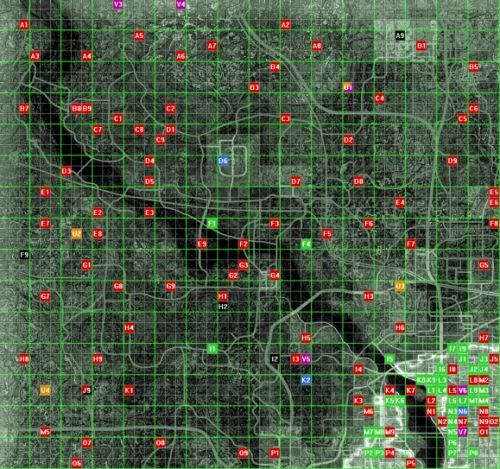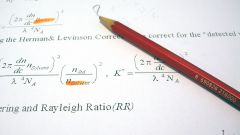You will need
- paper;
- - handle.
Instruction
1
In this case, there are two ways: the first is to follow the established restrictions and assume that this equation has no roots; the second is to extend the system of real numbers to such an extent that the equation will have a root.So, the notion of complex numbers of the form z=a+ib, in which (i^2)=-1, where i is the imaginary unit. The numbers a and b are called, respectively, the real and imaginary parts of the number z Rez and Imz.An important role in the actions with complex numbersmi play a number of complex-conjugate. Conjugate to the complex number z=a+ib is called zs=a-ib, i.e. the number with the opposite sign before the imaginary unit. So, if z=3+2i, z=3-2i.Any real number is a special case of complex numbers, imaginary part is zero. 0+i0 is a complex number equal to zero.
2
Complex numbers can be added and multiplied just as is done with algebraic expressions. Thus the usual laws of addition and multiplication remain valid. Let z1=a1+ib1, z2=a2+ib2.1. Addition and subtraction.z1+z2=(a1+a2)+i(b1+b2) z1-z2=(a1-a2)+i(b1-b2). 2. Multiplication.z1*z2=(a1+ib1)(a2+ib2)=a1a2+ia1b2+ia2b1+(i^2)b1b2=(a1a2-b1b2)+i(a1b2+a2b1).When multiplying simply open the brackets and use the definition i^2=-1. The product of complex conjugate numbers is a real number: z*z=(a+ib)(a-ib)==a^2-(i^2)(b^2) = a^2+b^2.
3
3. Division.To bring the quotient z1/z2=(a1+ib1)/(a2+ib2) to the standard view you need to get rid of the imaginary unit in the denominator. The easiest way is to multiply the numerator and the denominator by the number, conjugate denominator: ((a1+ib1)(a2-ib2))/((a2+ib2)(a2-ib2))=((a1a2+b1b2)+i(a2b1-a1b2))/(a^2+b^2)= =(a1a2+b1b2)/(a^2+b^2)+i(a2b1-a1b2)/(a^2+b^2).Operations of addition and subtraction and multiplication and division are inverses.
4
Example. Calculate (1-3i)(4+i)/(2-2i)=(4-12i+i+3)(2+2i)/((2-2i)(2+2i))=(7-11i)(2+2i)/(4+4)=(14+22)/8+i(-22+14)/8=9/2-rassmotrite geometric interpretation of complex numbers. On the plane with a Cartesian coordinate system 0xy each complex number z=a+ib, you must assign a point of the plane with coordinates a and b (see Fig. 1). The plane, which implemented such a correspondence, called the complex plane. On the axis 0x located a valid number, so it is called a valid axis. On the axis 0y is located imaginary number, it is called the imaginary axis.
5
C in each point z of the complex plane is associated the radius-vector of this point. The length of the radius vector representing the complex number z, called modeling=|z| of a complex number; the angle between the positive direction of the real axis and the direction of the vector 0Z is called the argument argz of this complex number.
6
The argument is a complex number is positive if it is measured from the positive direction of the 0x axis in a counterclockwise direction, and negative in the opposite direction. One complex number corresponds to many values of the argument argz+2pcs. These values are considered to be the principal value argz lying in the range from –p to p. Conjugate complex numbers z and z have equal modules, and their arguments are equal in absolute value but different sign.
7
Thus, |z|^2=a^2+b^2, |z|=sqrt(a^2+b^2). So, if z=3-5i, then |z|=sqrt(9+25)=6. In addition, since z*z=|z|^2=a^2+b^2, it becomes possible to calculate the modules as much as comprehensive terms in which the imaginary unit may appear multiple times.Since z=(1-3i)(4+i)/(2-2i)=9/2-i, a direct computation module z gives |z|^2=81/4+1=85/4 and |z|=sqrt(85)/2.Bypassing the stage of computing the expression, given that zs=(1+3i)(4-i)/(2+2i), we can write |z|^2=z*zs==(1-3i)(1+3i)(4+i)(4-i)/((2-2i)(2+2i))=(1+9)(16+1)/(4+4)=85/4 and |z|=sqrt(85)/2.






